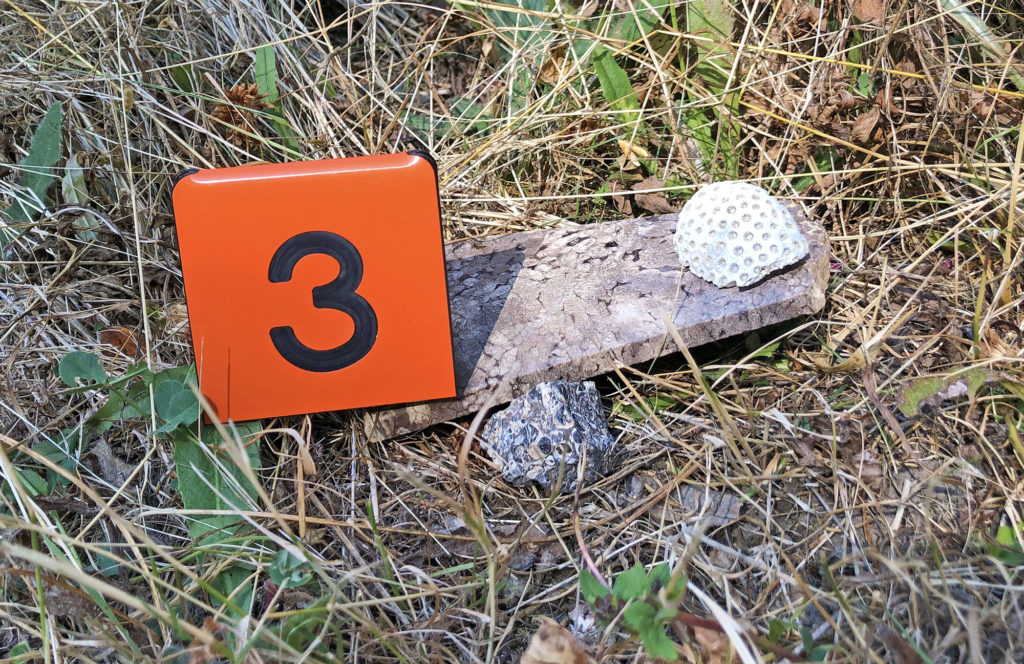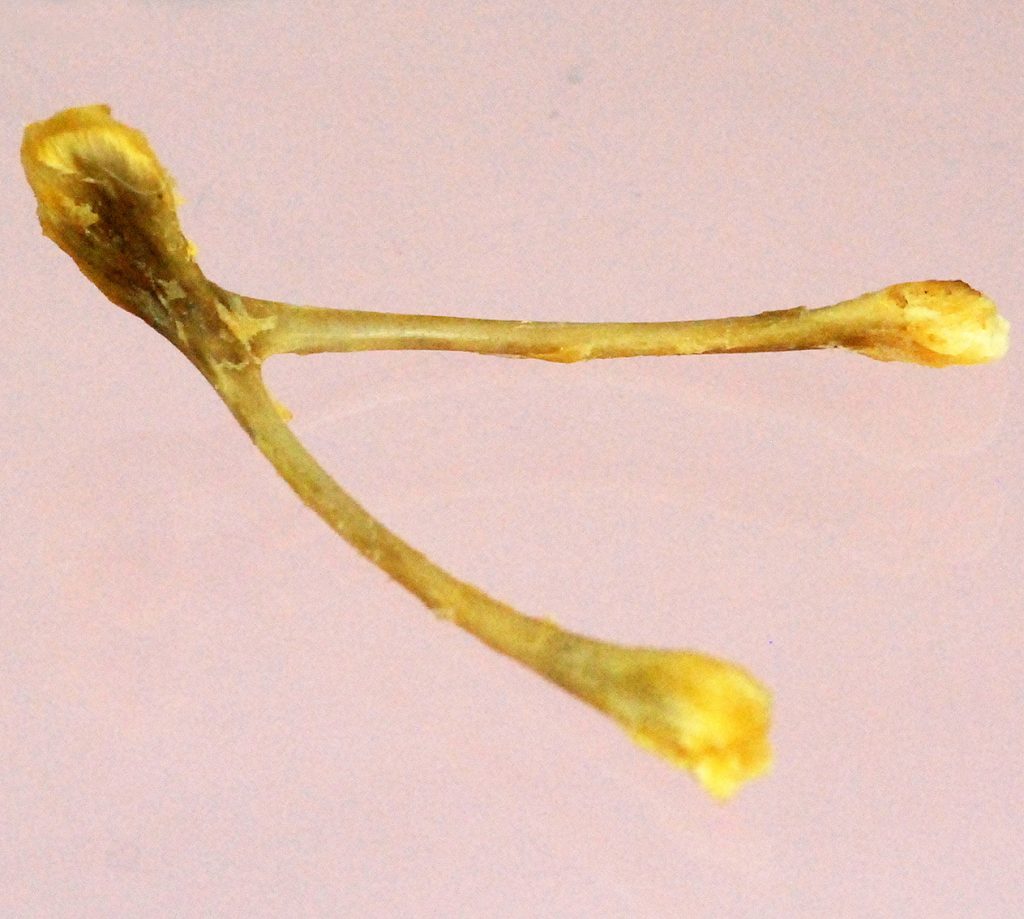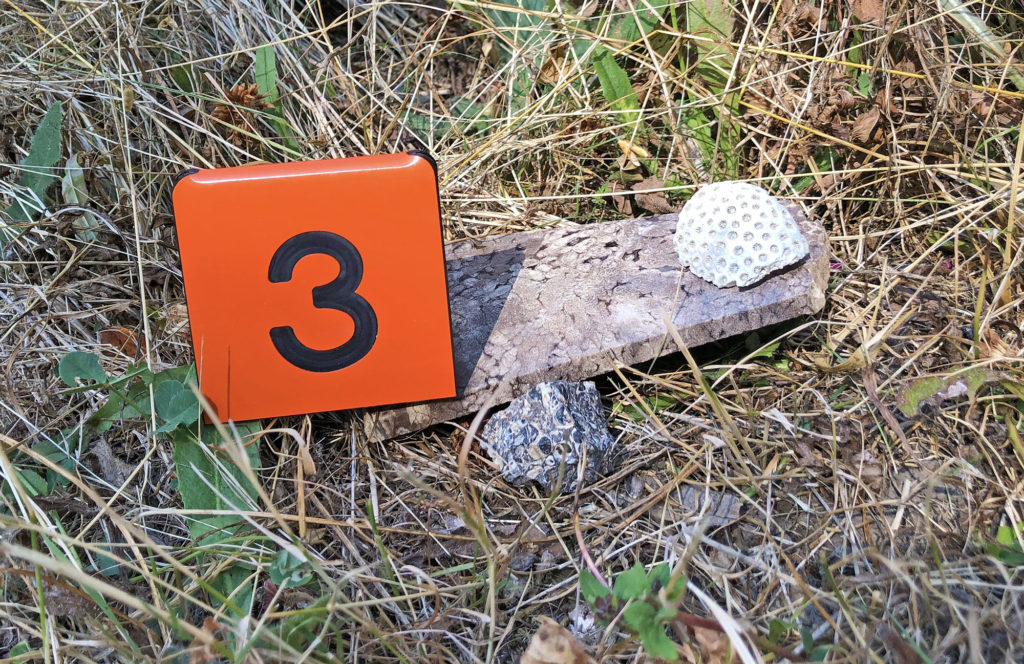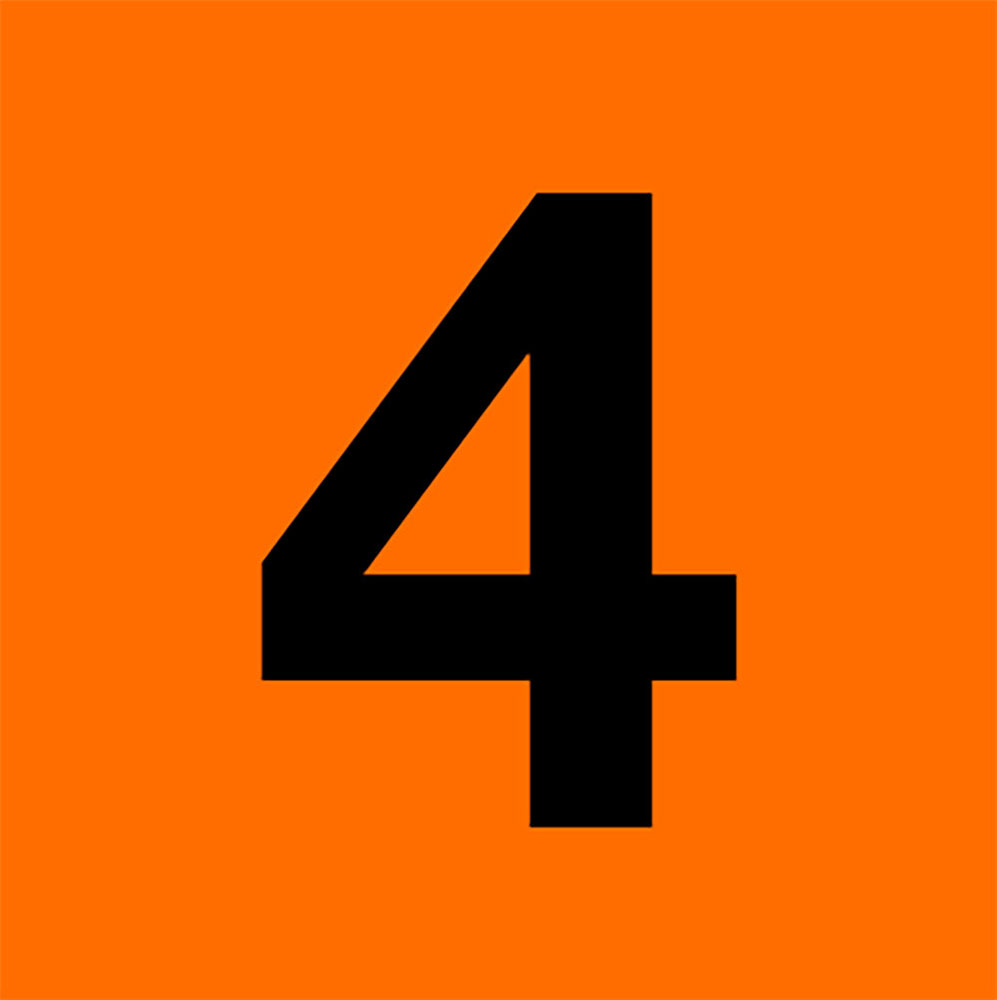
Fossils Indirect evidence of life


Fossil Objectives
-
Describe how a fossil forms.
-
Explain the types of information that can be determined from fossil evidence.
-
Identify the common bones shared by vertebrates, including the significance of homologous structures in determining species relatedness.
Science is limited to observable phenomena, meaning there needs to be direct or indirect evidence that something has occurred. In the case of the distant past, far before human recorded history, layers of rock and the fossils they contain are the primary evidence of life.
In some cases, the fossil evidence is limited, as in the case of this armored dinosaur. No fully intact specimen has been found, even though it may have been one of the last non-avian dinosaurs in North America.

Just north of Newport, Oregon is Beverly Beach, a state park known for overnight camping and one of the easiest to access fossil beds we’ve ever explored.
The fossils are on an eroding cliffside under highway 101, and are continually exposed by wind, rain, and occasional high waves.
Note: always check to see if collecting is legal in a particular location and wear eye protection if extracting fossils from rock.


The formation dates to approximately 15 million years ago, and was ocean bottom, so there are fossilized mollusk shells, especially clams and snails.
These are fossils we found eroded off of the cliff face.
This video shows the parts of organisms that fossilize, using store-bought fossil collections.
Since most organisms are microscopic, microfossils are an area of active research into the past.

This is our latest batch of microfossils, collected by enthusiasts from beaches and rock formations around the world.
We poured the sample vials and capsules into a glass dish and viewed them at 4x to 40x magnification.
The different “sands” are made up of small rocks and microfossils.

15x
Fossilized shells of the Eocene, collected from the Calcaire limestone beds of Damery, France

15x
Gray microbrachiopod pieces are scattered within this Silurian Era sample from the Halla Beds of Gotland, Sweden.

17x
Agates and broken shells of the Holocene in an eroded mountain sample from Papau, New Guinea
From vertebrates, bones and teeth are the most likely body parts to fossilize. Now we will focus on vertebrate skeletons.

Vertebrate skeletons are made up of either cartilage in some fish species or bone in other fish species and the rest of the vertebrates. Bone fossilizes readily, minerals infuse the bone, which itself is already largely mineral in content.
Mammals, birds, and living reptiles are descendants of ancestral reptiles, those reptiles were descendants of early amphibians, and those amphibians were descendants of even earlier fish. Since genes were being passed on in each generation, we would predict there would be similarities in fossilized bones.

Bones of similar ancestral origin may have different shapes and sizes, but they are still recognizably related. These homologies, or similar structures, are a form of morphological data used to construct evolutionary trees.

Some bones are unique to particular taxa (groups) of vertebrates. Birds have a furcula, also called the “wishbone,” which is a fusion of the clavicle bones. This strengthens the chest and was an evolutionary step necessary for avian flight.


Other animals feature amplification of skeletal features, like the repetitive vertebral bones running the length of snake species. The bones serve a similar purpose, protecting nerves. Following Darwin’s clarification of the laws of evolution, the skeletons of vertebrates on Earth today show descent with modification from ancestral species.
The next section explores how new species form; the process of speciation.

Check your knowledge. Can you:
-
describe how a fossil forms?
-
explain the types of information that can be determined from fossil evidence?
-
identify the common bones shared by vertebrates, including the significance of homologous structures in determining species relatedness?



